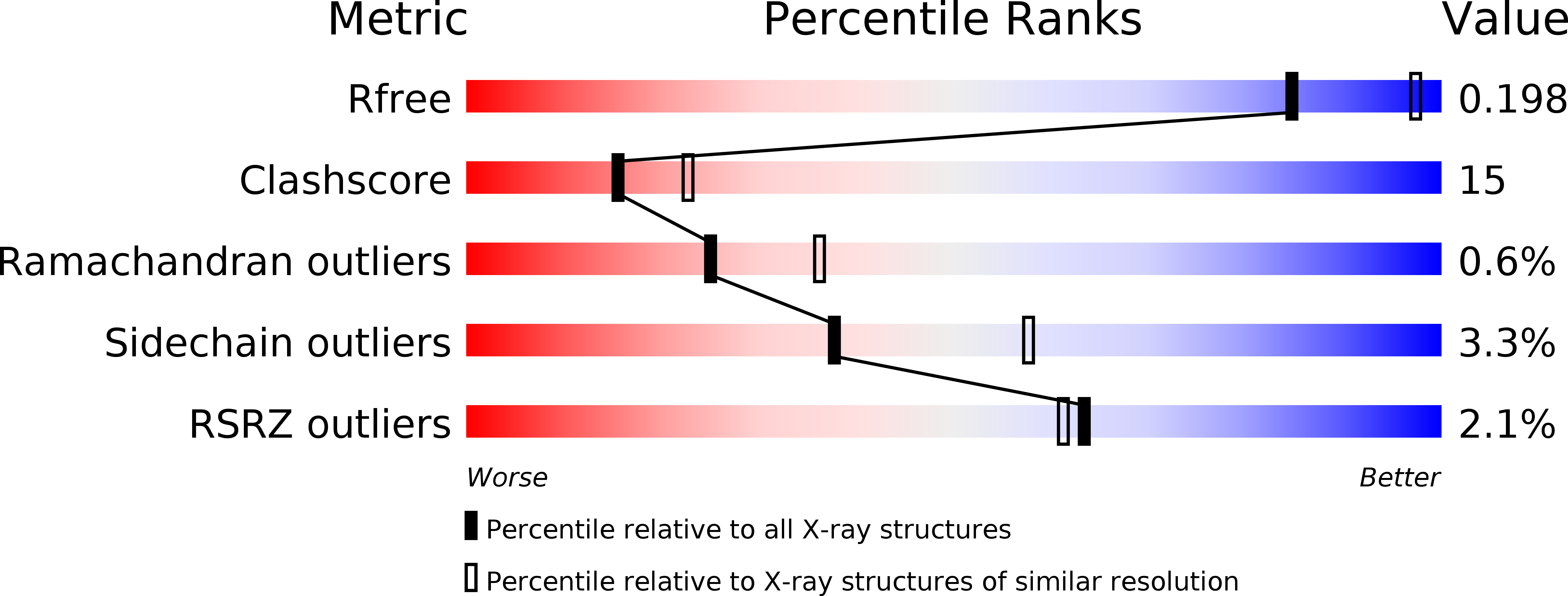
Deposition Date
2011-07-08
Release Date
2012-07-11
Last Version Date
2024-11-13
Entry Detail
PDB ID:
3ZTH
Keywords:
Title:
Crystal structure of Stu0660 of Streptococcus thermophilus
Biological Source:
Source Organism:
STREPTOCOCCUS THERMOPHILUS (Taxon ID: 264199)
Host Organism:
Method Details:
Experimental Method:
Resolution:
2.40 Å
R-Value Free:
0.24
R-Value Work:
0.20
R-Value Observed:
0.20
Space Group:
C 1 2 1


